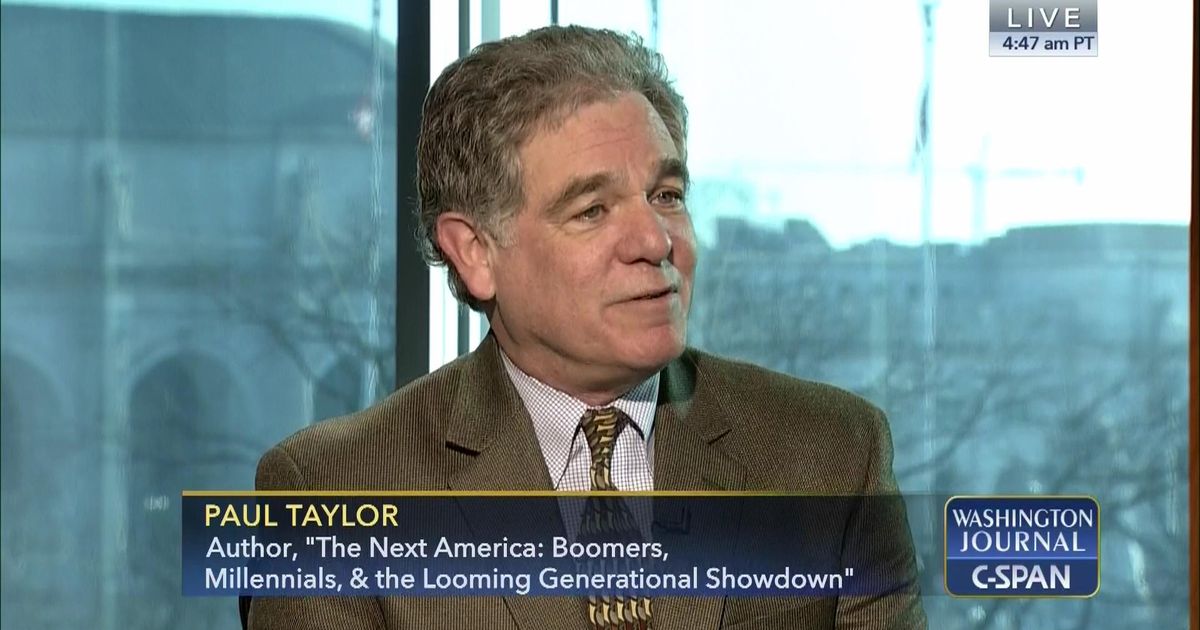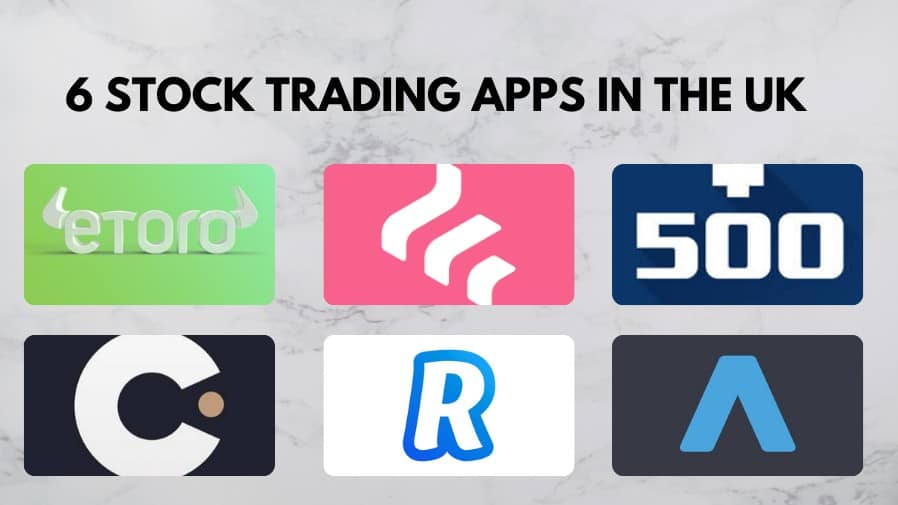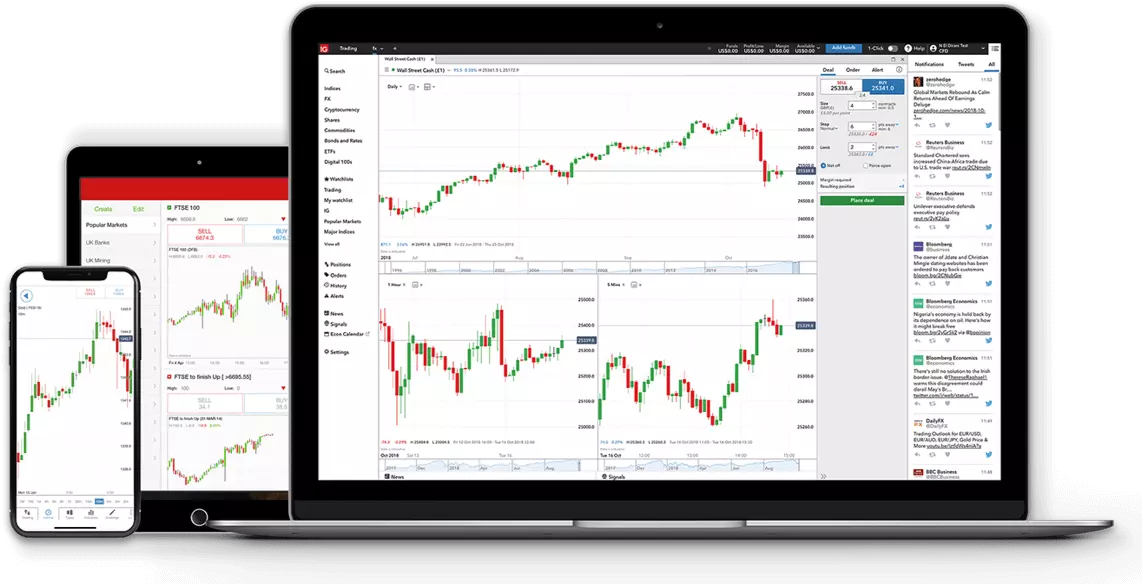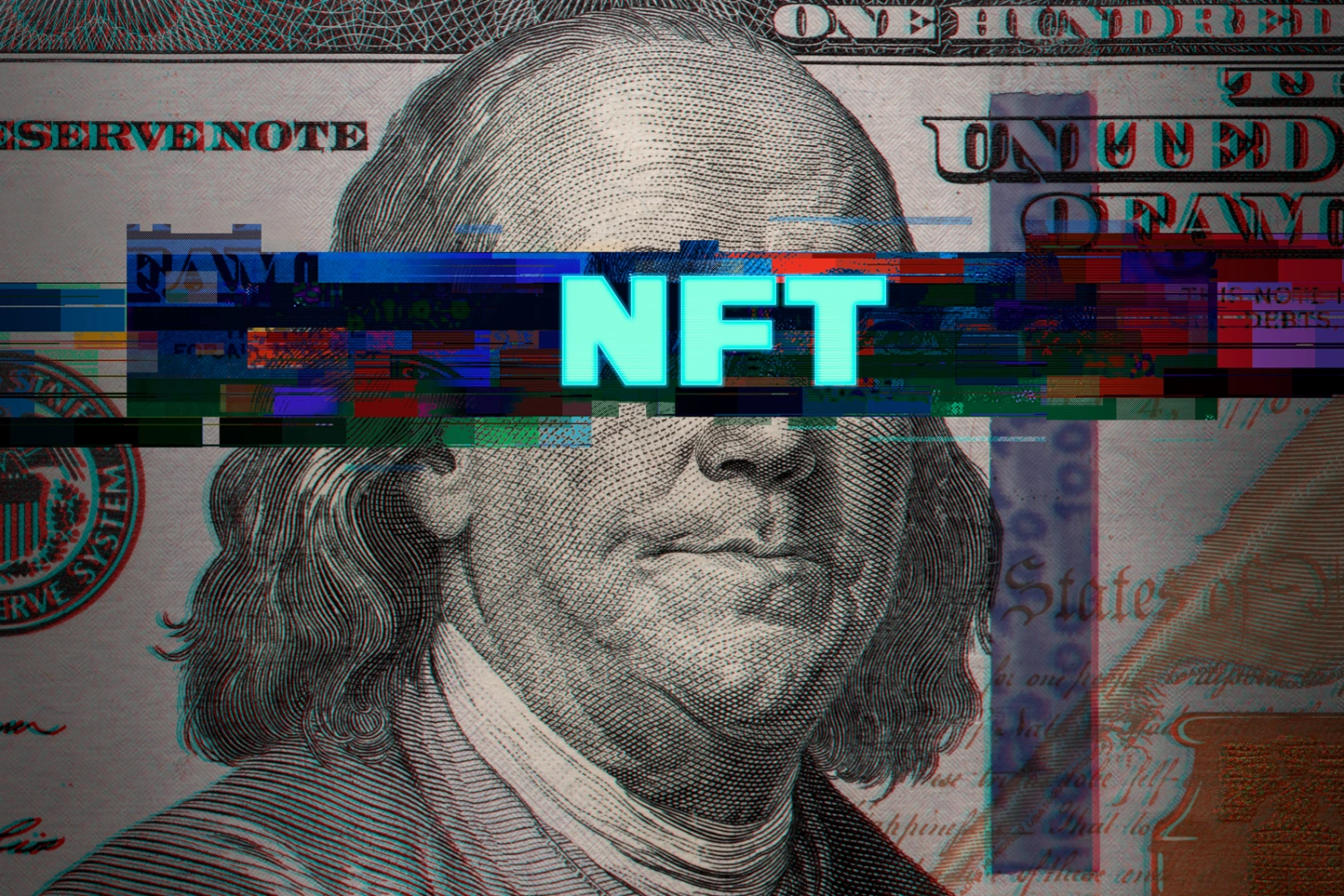Student Debt Baby Boomers vs Millennials: A Generational Showdown

Baby Boomers typically face less student debt than Millennials. The reasons include escalating tuition costs and economic factors.
Understanding the student debt crisis requires a look at generational differences. Baby Boomers, who went to college from the late 1960s to the early 1980s, often benefited from lower tuition rates and a robust economy upon graduation. In contrast, Millennials, attending college in the early 2000s through the 2020s, grapple with skyrocketing tuition and a volatile job market.
This generational divide not only reflects the changing landscape of higher education funding but also affects the financial stability and life choices of millions. This introduction lays the groundwork for an exploration of the contrasting experiences of Baby Boomers and Millennials with student debt, setting the stage for deeper discussion on the topic.

Credit: www.cbsnews.com
Rising Tide Of Student Debt
The rising tide of student debt marks a persistent challenge affecting generations in distinct ways. Different age groups experience this financial strain with varying intensity, but the impact is undeniable. With education seen as a crucial step towards achieving career goals, both Baby Boomers and Millennials face the implications of an education system increasingly reliant on loans.
Historical Context Of Student Loans
Student loans are not a new phenomenon. They’ve been part of the education landscape for decades. The National Defense Education Act of 1958 and the Higher Education Act of 1965 paved the way for more accessible loans. Yet, Baby Boomers often encountered a more manageable debt load. They typically borrowed smaller amounts that were easier to repay with the economic boom post-World War II.
Here’s a brief timeline illustrating key milestones in the history of student loans:
- 1958: National Defense Education Act
- 1965: Higher Education Act
- 1970s: Expansion of federally funded student loans
- 1980s: Student loan debt begins to increase due to tuition hikes
Modern Surge In Tuition Fees
The past few decades have seen a sharp rise in college tuition fees. The increase outpaces inflation and wage growth, leading to a greater reliance on student loans. This surge heavily impacts Millennials, who often face a daunting debt amount upon graduation. Their financial struggles are exacerbated by a competitive job market and the economic turbulence of the early 21st century.
Consider these stark contrasts:
| Year | Average Public College Tuition | Average Private College Tuition |
|---|---|---|
| 1989 | $1,730 | $17,040 |
| 2022 | $10,560 | $38,070 |
Adjusting for inflation, this table still shows an overwhelming growth in costs. Younger students now face financial burdens their predecessors didn’t. Understanding these shifts is crucial in addressing the ongoing education crisis.
Baby Boomers And Higher Education
The quest for higher education shaped an entire generation of Baby Boomers. Let’s dive into how college looked back then. We’ll see costs, aid, and pay-back times. These insights help us grasp today’s student debt crisis.
Post-war Economy And College Costs
The post-war economic boom meant promise and potential. It was a time of jobs, growth, and new possibilities. College was a sure step for a better life. Yet, the cost was a fraction of today’s prices. Let’s break down the numbers:
| Year | Tuition Costs | Percent of Average Income |
|---|---|---|
| 1960s | $450 | 15% |
| 1970s | $750 | 20% |
Impact Of Grants And Subsidies
Government support played a huge part in affordability. Grants and subsidies cut down costs. This meant more Boomers could walk the stage debt-free. Here are the key programs that changed the game:
- GI Bill: Offered free college to millions of veterans
- Pell Grants: Gave aid not to be repaid, easing tuition burdens
Repayment Experiences
Those with loans found them manageable. They could pay them off with years of steady work. Take a glance at repayment then versus now:
- Lower borrowing meant smaller monthly payments
- Higher employment rates made finding jobs simpler
- With a growing economy, paying off debt was quicker and easier
Millennials’ Burden
It’s no secret that Millennials face immense financial challenges. Unlike the Baby Boomers, this generation contends with unprecedented student debt. Factors vary from soaring tuition fees to an evolving job market. Let’s explore the complexities that define the Millennial struggle.
Skyrocketing Educational Expenses
College costs have soared over the decades, far outpacing inflation. This meteoric rise affects Millennials deeply. Today, a bachelor’s degree comes with a hefty price tag, often necessitating costly loans. The table below shows just how educational expenses have ballooned:
| Year | Average Annual Tuition | % Increase from Previous Decade |
|---|---|---|
| 1980 | $3,101 | – |
| 1990 | $6,562 | 111% |
| 2000 | $13,233 | 102% |
| 2020 | $35,720 | 170% |
The Role Of Private Loans
To bridge the gap, many turn to private student loans. Unlike federal loans, these can have variable interest rates and lack flexible repayment plans. This reliance on private financing adds to the financial strain many Millennials feel post-graduation.
The Struggle With Debt Repayment
Once out of college, the real test begins. Debt repayment looms over Millennials entering the workforce. A slow job market and the reality of entry-level wages make it difficult to make ends meet. The following points highlight the repayment struggle:
- High monthly payments
- Longer repayment terms
- Increased cost of living
- Less disposable income for savings
The weight of student loans takes a toll not only on finances but on future life choices such as buying a home or starting a family.
Economic Consequences
Student debt casts a long shadow on the financial health of generations. Both baby boomers and millennials face economic hurdles because of education loans. This debt affects major life events, homeownership, retirement plans, and widens the wealth gap. Differences in the economic landscape alter the impacts between these groups.
Delay In Major Life Events
Millennials delay milestones like marriage and starting families. Baby boomers face decisions about careers and education later in life. Both experience constraints due to lingering debt.
- Marriage postponed for debt management
- Parenthood choices impacted by financial pressures
- Career paths redirected to prioritize loan repayment
Effect On Homeownership And Retirement
Student loans influence the ability to save for a home or retirement. Millennials find it harder to enter the housing market. Baby boomers may work beyond retirement age to pay off loans.
| Group | Homeownership | Retirement Savings |
|---|---|---|
| Millennials | Reduced rates | Lower contribution levels |
| Baby Boomers | Home equity for debt relief | Delayed or diminished |
The Wealth Gap
Disparities in wealth accumulation emerge from student debt. Higher debt levels lead to less saving and investing. The result is a broader wealth gap between generations.
- Millennials carry more student debt than previous generations
- Baby boomers may absorb debt from supporting children’s education
- Investment opportunities lost to loan payments
Policy Responses And Proposals
Students today are caught in a tug-of-war between soaring education costs and piling debts. This draws our focus to ‘Policy Responses and Proposals’, aimed at easing the burden. Both Baby Boomers and Millennials face unique challenges. Let’s unpack what the government and policy-makers propose to turn the tide on student debt.
Government Intervention Efforts
Government action plays a critical role in addressing student debt. Programs aiming to support both Baby Boomers and Millennials have taken center stage. Let’s explore the key measures.
- Income-driven repayment plans adjust monthly dues based on earnings.
- Public Service Loan Forgiveness cancels debt for nonprofit and government workers.
- Special provisions serve older students returning to school later in life.
Loan Forgiveness Debates
The topic of loan forgiveness ignites heated discussions. Advocates argue for broad cancellation to relieve millions. Critics caution against cost and fairness. Below, we break down the key arguments:
| Pros | Cons |
|---|---|
| Boosts the economy as grads spend more. | Risks inflation by increasing spending. |
| Encourages education for all income levels. | Benefits higher earners who can afford to pay. |
Education Funding Reforms
Reforming education funding seeks to prevent debt before it begins. Policymakers introduce proposals to revamp how we view college affordability. Consider these innovative ideas:
- Tuition-free college for two or four-year programs.
- Subsidies for students attending community colleges.
- Grants expanded for low-income families.

Credit: www.salon.com
Personal Finance Strategies
The debate between Student Debt for Baby Boomers vs Millennials often stirs up strong emotions. The financial landscape has changed dramatically. Millennials face challenges unlike those of the previous generation. Personal finance strategies are crucial to navigate this terrain. They ensure long-term security and debt management.
Debt Management And Budgeting
Managing debt wisely is key for both generations. Establishing a strong budget is the first step.
- Evaluate all debts and create a plan to tackle them.
- Write down all sources of income and expenses.
- Identify non-essential expenses and cut back.
- Set realistic goals for paying off debt.
Consider tools like budgeting apps or spreadsheets to stay organized. Find ways to increase income. A side job can help speed up debt repayment.
Alternative Education Paths
Traditional college may no longer be the only path to success. Alternative education can lead to lucrative careers.
- Trade schools can be more affordable and offer quick entry into the workforce.
- Online certifications may be industry-recognized and provide practical skills.
- Apprenticeships offer on-the-job training and often a paycheck.
Explore these paths to avoid substantial debt. Prioritize learning essential skills over just obtaining a degree.
Investing In Financial Literacy
Financial literacy lays the groundwork for wealth-building. It is vital for all ages.
| Financial Literacy Aspect | Benefit |
|---|---|
| Understanding Credit | Improves credit score management |
| Investing Basics | Helps in growing personal wealth |
| Insurance Knowledge | Ensures effective risk management |
Take courses, read books, and use online resources. Knowledge is the tool to secure financial independence.
Credit: www.c-span.org
Frequently Asked Questions On Student Debt Baby Boomers Vs Millennials
Who Has More Student Debt, Boomers Or Millennials?
Millennials generally carry more student debt compared to baby boomers. Educational costs have skyrocketed over the years, placing a heavier financial burden on millennials.
How Does Student Debt Affect Millennial Homeownership?
Student debt significantly delays millennial homeownership. High monthly loan payments can make saving for a down payment challenging, directly impacting their ability to buy homes.
What Is The Average Student Loan Debt For Millennials?
The average student loan debt for millennials is approximately $30,000. This figure varies by state and educational institution, reflecting the expansive costs of higher education.
Can Baby Boomers Still Carry Student Debt?
Yes, some baby boomers still carry student debt, either from their own post-secondary education or from co-signing loans for their children’s education expenses.
Conclusion
Navigating the realm of student debt is a generational challenge. It shapes both Baby Boomers’ and Millennials’ financial landscapes. Despite differing economic times, each faces unique hurdles. Creating sustainable solutions is key for future learners. Together, all generations can advocate for change, lightening the load for students to come.







